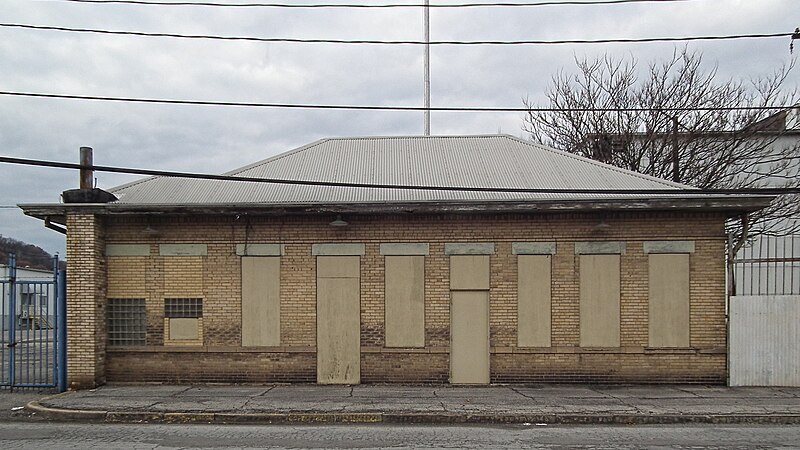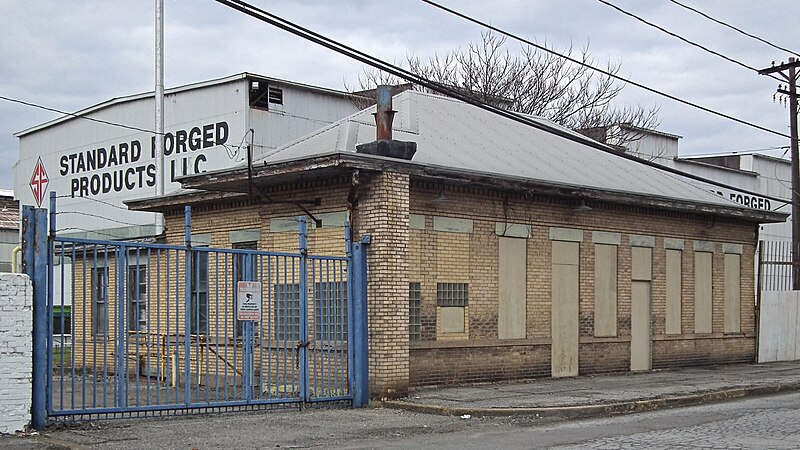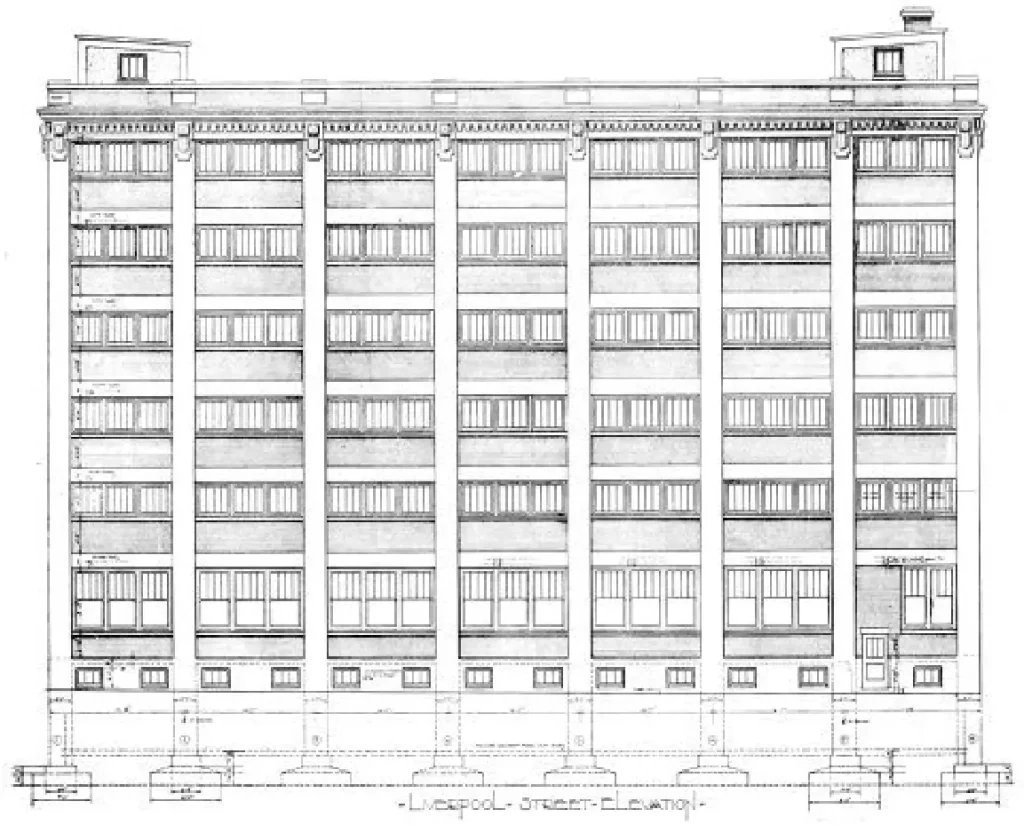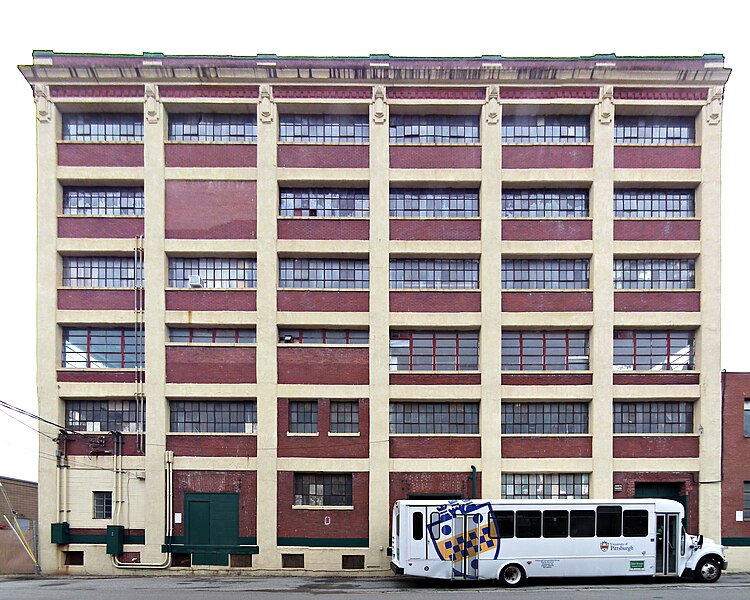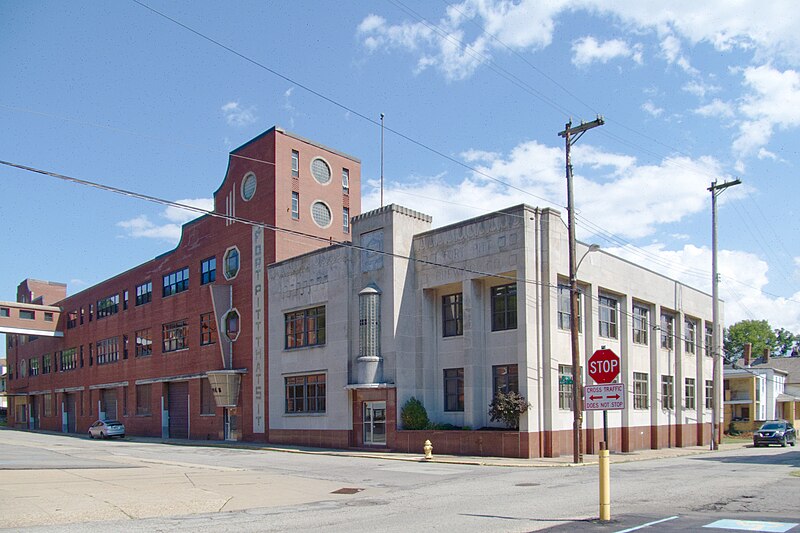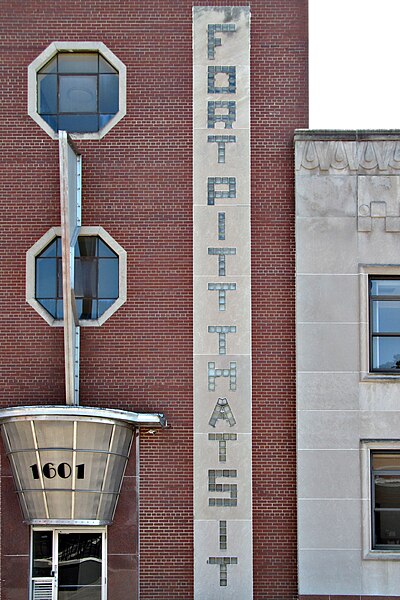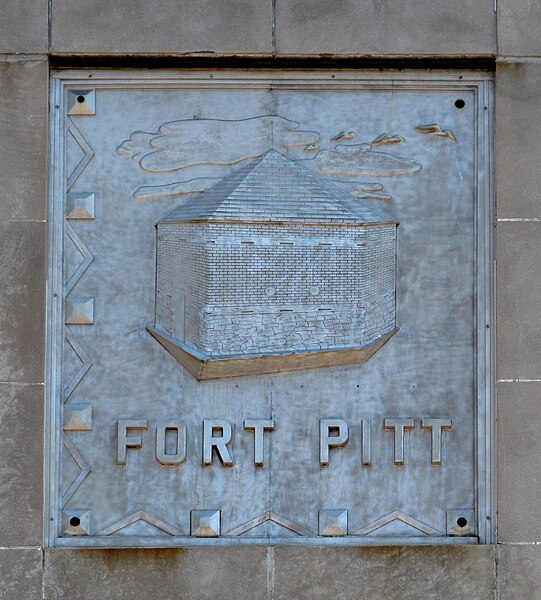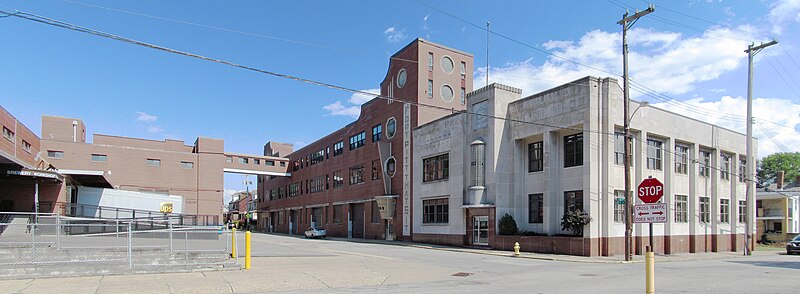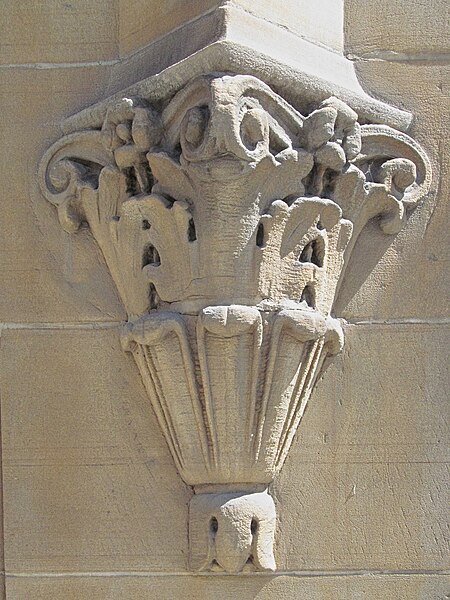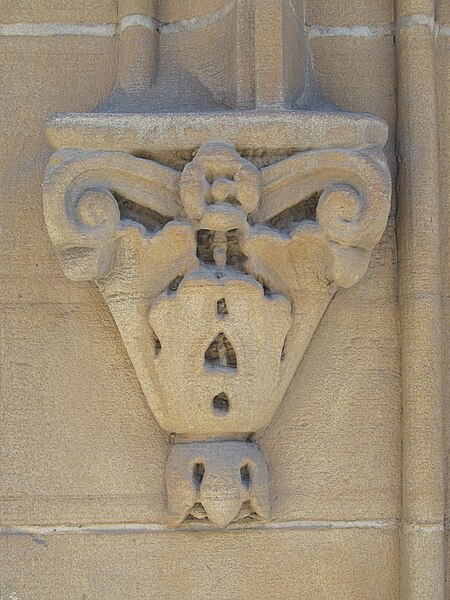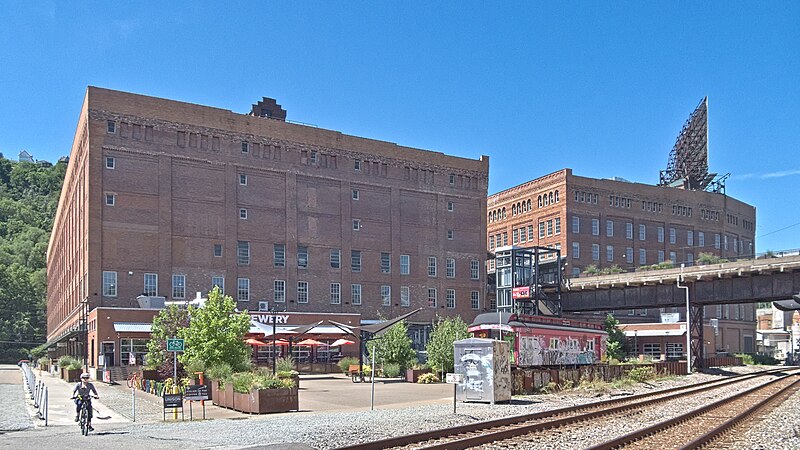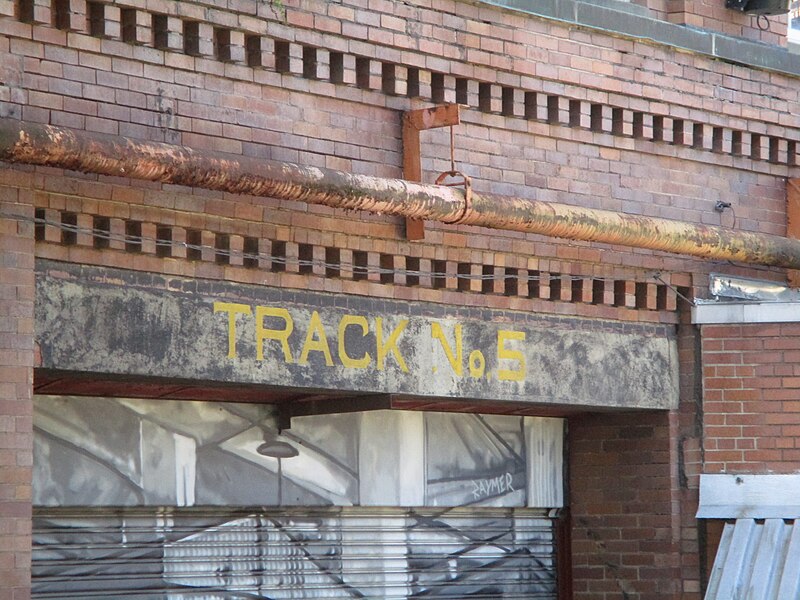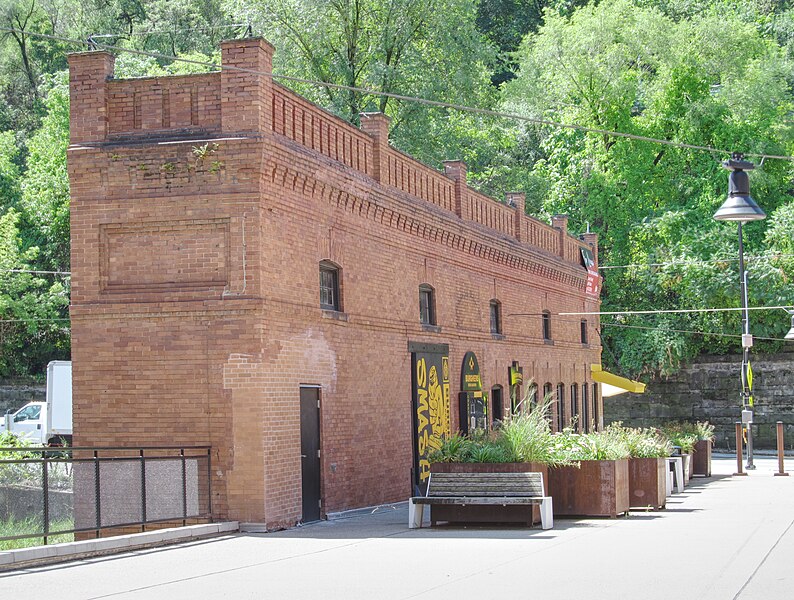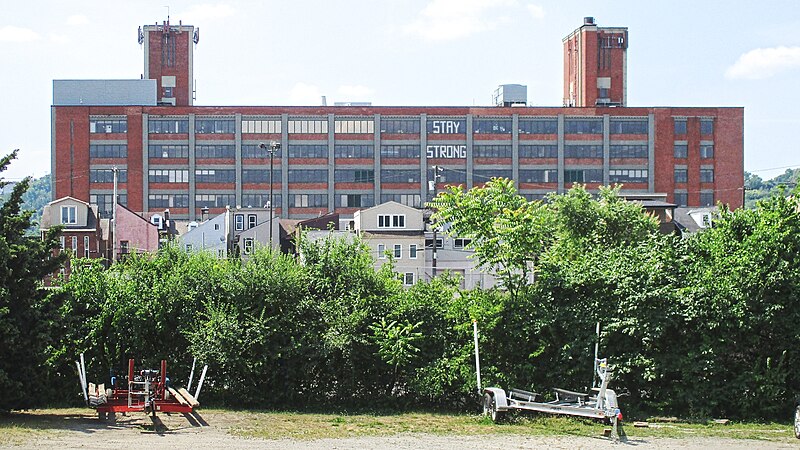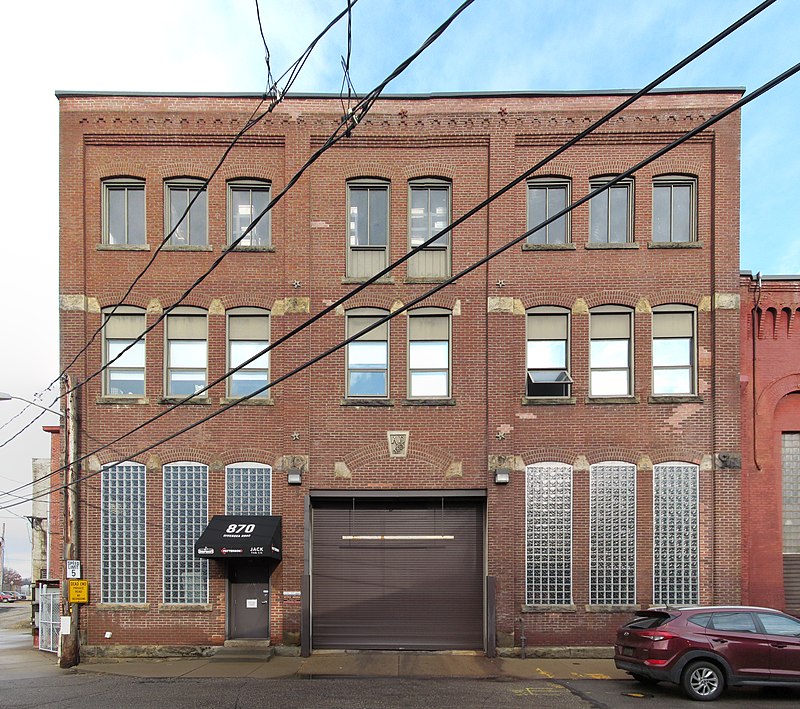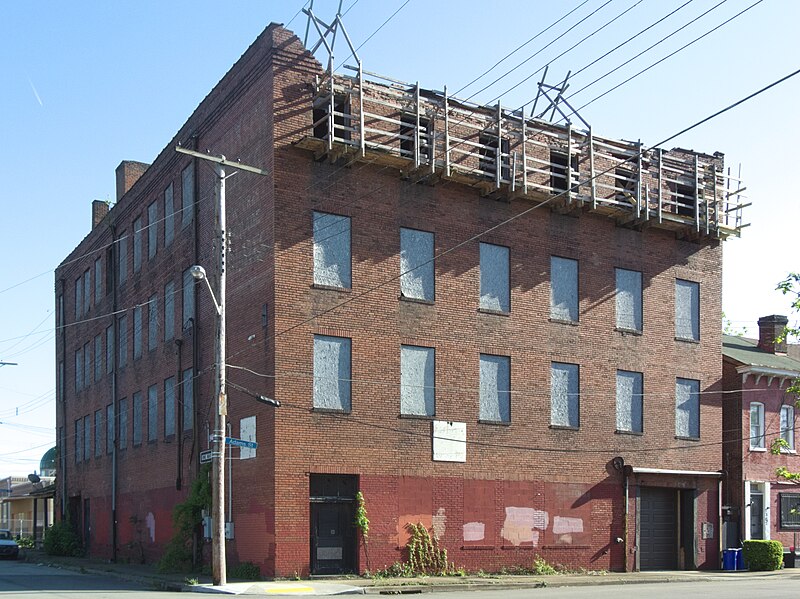
Old Pa Pitt knew absolutely nothing earlier this morning about the C. S. Hixson Candy Company, but neither does the rest of the Internet. This article, therefore, immediately becomes the Internet’s leading and only source of information on the subject.
The building was put up in 1917, to judge by listings in the American Contractor. Excavations had begun by April 28:
Factory: $25,000. 4 sty. 59×96. Adams & Fulton sts, Priv. plans. Owner C. S. Hixson Candy Co., 1024 Vickroy st. Gen. Contr. C. E. Murphy & Sons, 516 Federal st. Carp. & conc. work by gen, contr. Brk. mas, to C. B. Lovatt, 1203 Federal st. Plmg, to Walter Gangloff, 2471 Perrysvilie av. Excav.
Brick work had started by June 9.
The company, however, did not prosper long. Its charter as a Delaware corporation was repealed in 1921 for failure to pay taxes. In 1926, The International Confectioner reported that “There will be a meeting of the stockholders of the C. S. Hixson Candy Co., Pittsburgh, Pa., Jan. 17, to consider the question of selling or leasing the business, or to liquidate it and close up.”
And there you have everything Father Pitt was able to find out in twenty minutes, which is twenty minutes more than anyone else on the Internet has ever devoted to the subject.
This old industrial building is tumbling to bits, and if the neighborhood were more valuable it would have been gone years ago. It is not a work of outstanding architecture; the construction listings specified “private plans,” which probably means “We can do without an architect.” The borders of the Manchester Historic District were carefully drawn to exclude it while including the modest Italianate houses next to it. The work going on at the top may be part of a demolition; at any rate, the cornice was intact a few years ago. But it is an interesting little bit of history, and it preserves a record of its original owner on the eastern face of the building.

The old painted sign is still visible, and nearly legible with the help of some heavy manipulation. This is what it appears to say:
C. S. HIXSON
CANDY CO.
MANUFACTURES [sic] OF
HIGH GRADE
CHOCOLATES





